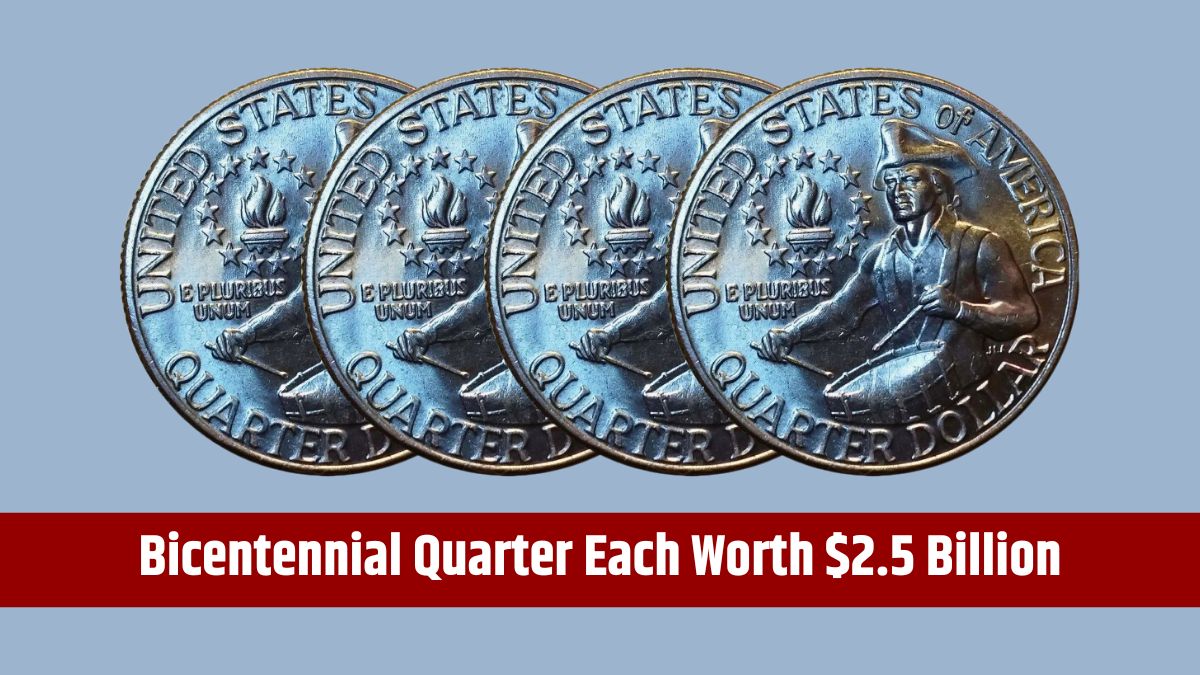The Social Security Administration (SSA) has taken another significant step to improve the disability application process by expanding its Compassionate Allowances (CAL) program. This initiative, designed to speed up the approval of disability benefits for individuals with severe medical conditions, now includes nine new conditions. Along with this expansion, revisions have been made to two existing conditions, reflecting SSA’s commitment to ensuring that those in need receive timely support.
New Additions
SSA Commissioner Martin O’Malley announced that the nine newly recognized conditions under the CAL program include:
- Bainbridge-Ropers Syndrome
- Costello Syndrome
- Histiocytic Malignancies
- Neonatal Marfan Syndrome
- PACS1 Syndrome
- Plasmablastic Lymphoma
- Renal Medullary Carcinoma
- Adult and Pediatric Heart Transplant Waiting List Status
These conditions are particularly severe, often leaving individuals unable to work and in urgent need of financial assistance. The CAL program aims to address this by fast-tracking the approval process for disability benefits, relying on medical documentation to confirm the diagnosis and quickly determine eligibility.
Role of CAL
The Compassionate Allowances program is essential to SSA’s mission of reducing the time it takes to process disability claims. By designating specific conditions as qualifying for CAL, the SSA can streamline the approval process, cutting through the usual bureaucratic delays that can leave applicants waiting for months or even years.
Since its inception, the CAL program has helped more than a million individuals get the support they need in a timely manner. With the recent expansion, the program now covers a total of 287 conditions. This progress underscores the SSA’s dedication to refining the system and ensuring that those with the most critical needs are prioritized.
SSA’s Ongoing Commitment
Commissioner O’Malley highlighted the importance of this expansion, noting the ongoing efforts to reduce wait times for disability determinations. The CAL program is a vital component of this initiative, allowing the SSA to quickly identify and approve individuals who are almost certain to qualify for benefits based on the severity of their condition.
The expansion of the CAL program is not just about adding more conditions; it’s about refining the process to better serve those who are most vulnerable. By continuing to update and revise the list of conditions, the SSA ensures that its criteria remain in line with the latest medical understanding, providing the best possible support to those who need it most.
For those seeking more information about the Compassionate Allowances program, the SSA’s website is a valuable resource. It offers detailed guidance on the application process, including a full list of qualifying conditions and instructions on how to ensure that eligible applicants receive their benefits without unnecessary delays.
As the SSA continues to enhance its disability benefits program, the expansion of CAL represents a crucial step forward in the ongoing effort to provide timely and effective assistance to those with severe medical conditions.
FAQs
What is the CAL program?
A program that fast-tracks disability benefits for severe conditions.
How many conditions does the CAL program cover?
It now covers 287 conditions.
What are some new conditions added to CAL?
Conditions like Bainbridge-Ropers Syndrome and Plasmablastic Lymphoma.
Who benefits from the CAL program?
Individuals with severe medical conditions that prevent them from working.
Where can I find more information about CAL?
Visit the SSA website at www.ssa.gov/compassionateallowances.
















